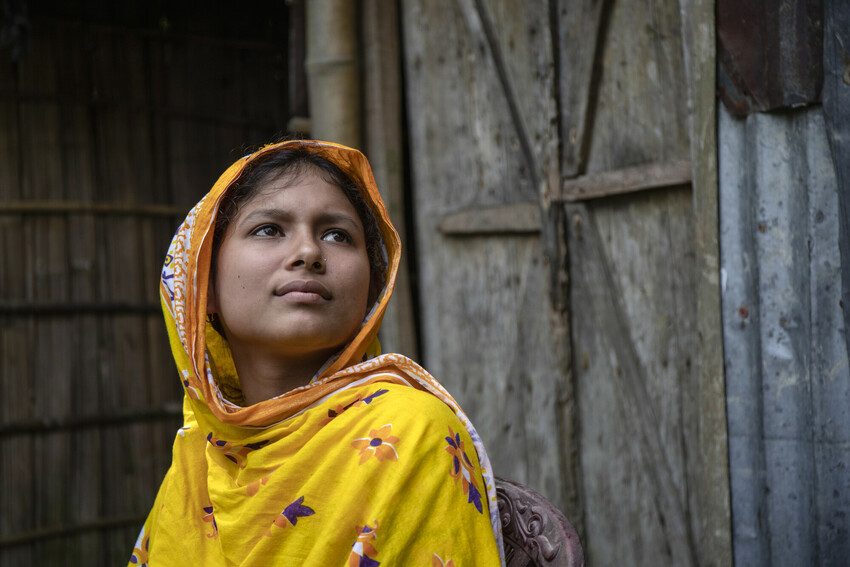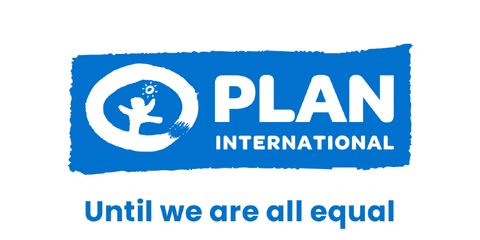Child marriage case management for refugees
Improving case management services for married girls and girls at-risk of child marriage in crisis and displacement settings
A collaboration between Plan International and UNHCR to strengthen capacity and provide clearer guidance on how best to support girls experiencing child marriage with child protection and gender-based violence case management in refugee and mixed settings.

Crises and forced displacement increase in the incidence of child marriage because they often reduce a person’s access to their rights, safety and social protection.
Crises and displacement often have a negative impact on household economic security and access to resources. Typically eroding social protection networks and systems – for instance, by reducing opportunities for children to access education (especially girls).
Crises and displacement can also increase the risk of violence, including gender-based violence, within and outside the home.
All these factors combine to push parents into marrying their daughters early, and justifying the decision to do so as a form of protection, as a deterrent to protect family honour, or as a means to gain greater access to services or economic benefits. On the other hand, these factors can also push girls themselves to seek out marriage as a way to meet their basic needs given the often harsh and insecure environment.
Adolescent girls are disproportionally affected by the practice of child marriage and the consequences of marrying early, and yet their needs are rarely adequately met or prioritised in response actions. Supporting both unmarried girls at risk and girls who have experienced marriage with case management services must be a priority.
These resources, consisting of a Technical Learning Paper, a Brief and Checklists for Case Management Staff, seek to draw attention to this complex issue and advocate for the strengthening of case management systems in order to better identify, support and protect at-risk and married adolescent girls who are forcibly displaced and in need of case management services.
These resources have been developed based on a pilot that took place in Niger, Bangladesh and Indonesia between 2021-23. While the pilot locations were refugee and mixed displacement settings, many lessons learned are of relevance for non-refugee settings or other complex operation environments.
Tackling child marriage as an extreme coping mechanism to crises or forced displacement is an urgent priority for humanitarian response.
Downloads – English
Learning paper
3.34 mb
Brief
3.84 mb
Checklist
2.96 mb
Downloads – French
Enseignements acquis
1.21 mb
Synthèse
3.83 mb
Liste de contrôle
2.98 mb
Downloads – Arabic
Learning paper – Arabic
661.41 kb
Brief – Arabic
616.86 kb
Checklist – Arabic
533.48 kb

